10 Art Movements that Shaped Modern History: From Italian Renaissance and Baroque
From the Italian Renaissance to the Baroque period, these art movements have had a profound impact on the way we view and understand art today. In this post, we will delve into the origins and key characteristics of these art movements, as well as their impact on the art world and society at large. Join us as we discover the art movements that have defined modern visual history.
1. Italian Renaissance
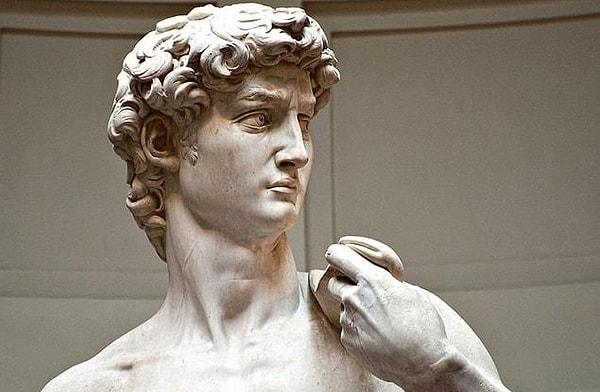
2. Baroque
Known as the Renaissance, a term derived from the Italian word 'Rinascimento,' meaning 'rebirth,' this period saw an increased interest in cultural subjects such as art and architecture.
Italian Renaissance artists, such as Michelangelo, Leonardo da Vinci, and Raphael, embraced ancient interests, such as balance, naturalism, and perspective, drawing inspiration from classical art from Ancient Rome and Greece.

Towards the end of the Renaissance, the Baroque movement emerged in Italy. Baroque art exhibited artistic interests in realism and rich colors. However, unlike Renaissance art and architecture, Baroque works emphasized extravagance.
Painters such as Caravaggio suggested drama through their handling of light and depictions of movement.
3. Rococo
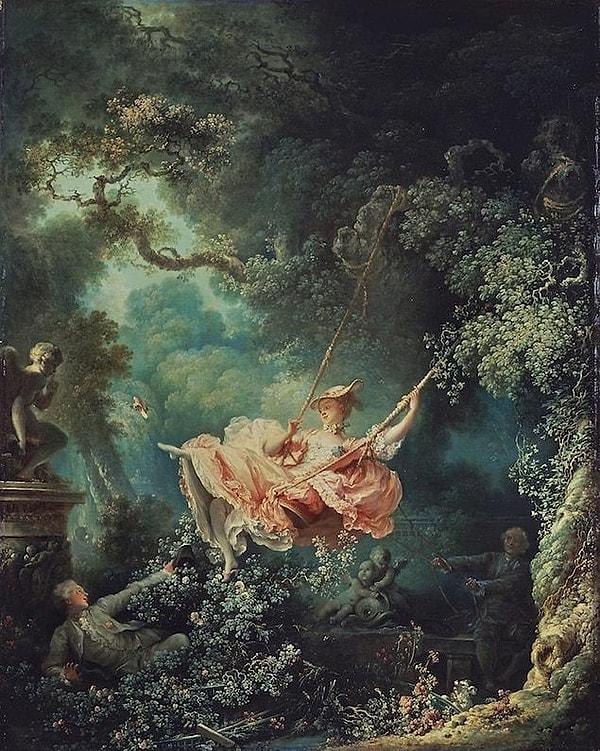
The term rococo derives from rocaille, a Renaissance decoration method that used pebbles, shells and cement to decorate caves and fountains.
In painting, this decorative style evolved into a love of whimsical narratives, pastel colors and fluid forms.
4. Neoclassicism

Neoclassicism is an 18th-century art movement based on the ideals of art from Rome and Ancient Greece. Its interest in simplicity and harmony was inspired in part as a negative reaction to the excessively frivolous aesthetics of the decorative Rococo style.
5. Romanticism
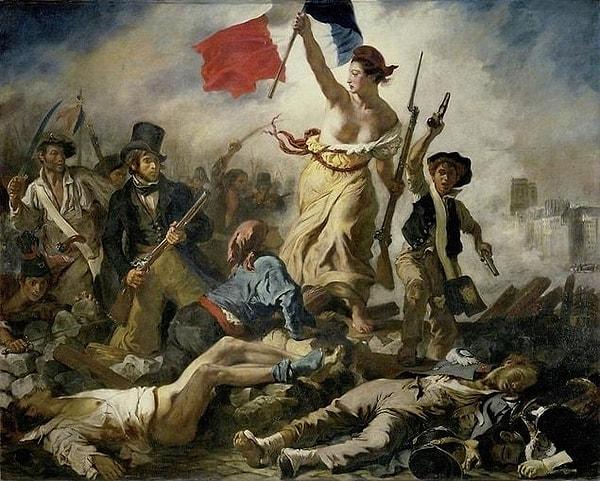
Romanticism was a cultural movement that emerged around 1780. It was a literary movement with a focus on classical subjects, aesthetics and ideas in line with the Enlightenment, intellectual, philosophical and emphasizing the individual.
Artists like Eugène Delacroix drew inspiration from their own imagination.
6. Realism
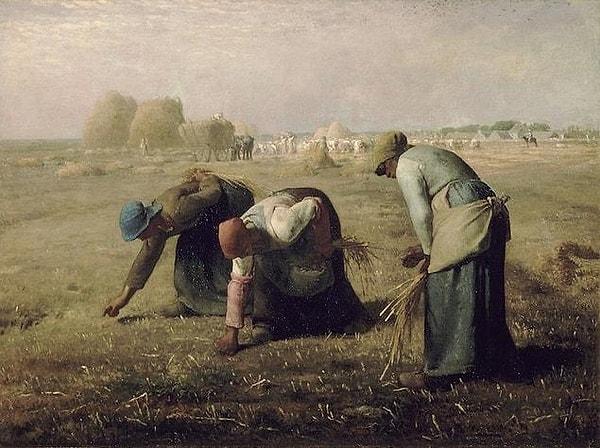
Realism is a genre of art that began in France after the French Revolution of 1848. A clear rejection of Romanticism, the dominant style that preceded it, Realist painters focused on scenes of contemporary people and daily life.
7. Impressionism
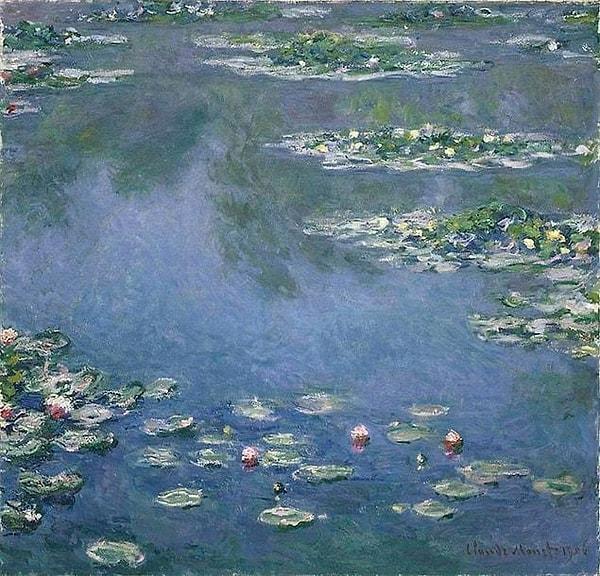
Breaking away from realism, Impressionist painters moved away from realistic representations to use vivid colors and open compositions with visible brushstrokes to capture a sense of light and movement. The Impressionist movement basically began with a group of French artists painting outdoors.
8. Post-Impressionism
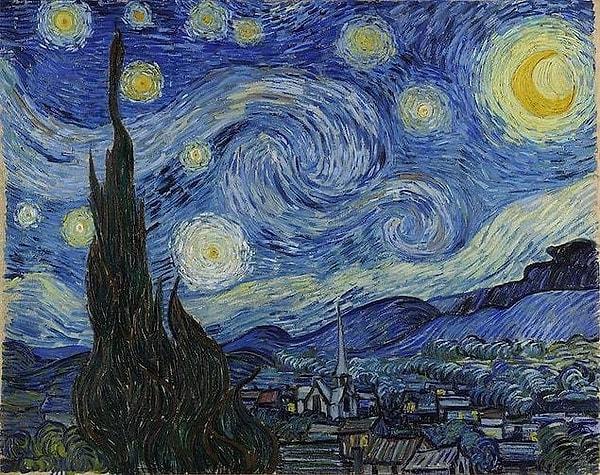
This genre of art, also from France, developed between 1886 and 1905 as a reaction to the Impressionist movement. Unlike earlier styles, Post Impressionism encompasses many different types of art, from Georges Seurat's Pointillism to Paul Gauguin's Symbolism.
9. Art Nouveau
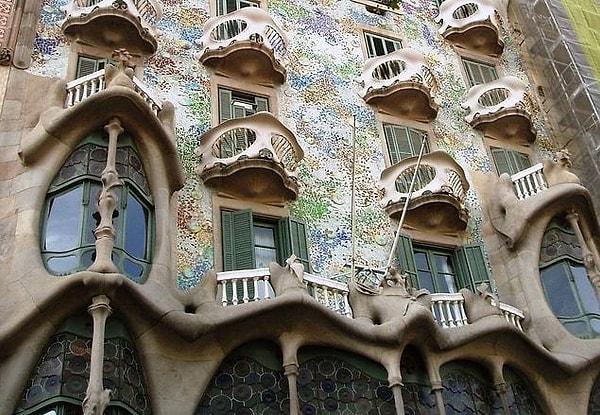
At the end of the 19th century, a 'new art' movement swept across Europe. Artists from various countries, interested in stylistically reinterpreting the beauty of nature, adopted and adapted this avant-garde style. In addition to fine arts such as painting and sculpture, it also heavily influenced the architecture and decorative arts of the period.
10. Cubism
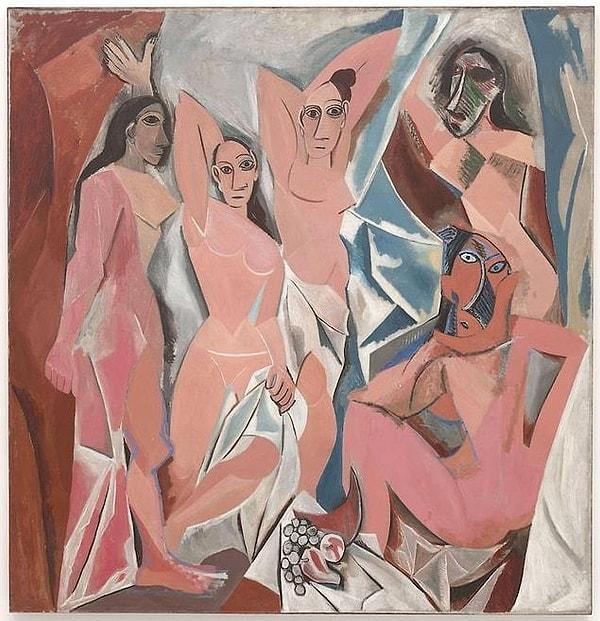
Cubism is one of the most important art movements of the 20th century. Pablo Picasso and Georges Braque developed Cubism in the early 1900s.
11. Futurism

The early 20th century Futurists carved out a place in history, fascinated by the new industry and excited by what lay ahead. Raised outside Italy, these artists worked as painters, sculptors, graphic designers, musicians, architects and industrial designers.
12. Surrealism

It is the hallmark of this type of art that began in the 1920s. The movement started when a group of visual artists embraced automatism, a technique that relies on the subconscious for creativity.
13. Abstract expressionism

Abstract Expressionism is an American art movement that began after the Second World War, the first to explode on an international scale. The genre developed in the 1940s and 1950s, but has also been used to describe the work of earlier artists such as Wassily Kandinsky
14. Pop Art

Rising in the 1950s, Pop Art is a crucial movement that signaled the beginning of contemporary art. This post-war style emerged in Britain and America, including images taken from advertisements, comic books and everyday objects.
Keşfet ile ziyaret ettiğin tüm kategorileri tek akışta gör!


Send Comment